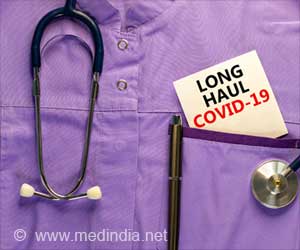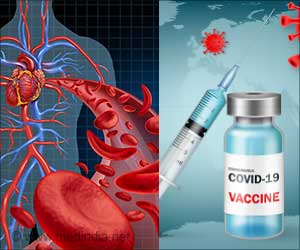Computer simulated model shows which mode of public transport can be an environment for spreading COVID-19.

‘COVID-19 risks were reduced when ventilation was good and passengers complied with COVID-19 mitigation measures.’





The modeling was carried out before the emergence of the Omicron variant. These included wearing a face covering or mask; maintaining a social distance from other travelers; regularly washing or sanitizing hands, and encouraging people who had COVID-19 symptoms to stay at home.Professor Cath Noakes, from the University of Leeds and Principal Investigator on the study, said: “All environments where people interact together to have a risk of virus transmission and public transport is no exception. Where journeys are short and not overcrowded, and the carriage is well ventilated, then the risks are likely to be quite low.
The computer model simulated the risks of people being exposed to the virus through the main routes of transmission: being within two meters of an infectious person; touching a contaminated surface - and then touching their nose, mouth, or eyes; or by breathing-in viral particles that hang in the air, known as aerosol inhalation.
Their findings were presented in the journal Indoor Air.
The risk of exposure to the virus was predicted to be low through all routes of transmission. The highest modeled doses (of the virus) were to a small proportion of people close to an infected person, which is through a combination of aerosol inhalation and direct droplet deposition.
Advertisement
COVID-19 spreads more easily when people are close together, within 1-2 meters of one another. At times when COVID-19 infection rates in the community are high, measures to reduce crowding on public transport could reduce infection.
Advertisement
High levels of mask-wearing reduce the level of virus people are exposed to.
The modeling also predicted that a small minority of travelers could be exposed to a large dose of the virus by touching contaminated surfaces. Hand sanitation facilities located near high-touch points, as people get on and off trains or near escalators, could reduce this risk.
To date, there is no evidence that public transport is a major driver for the pandemic but as a shared enclosed setting where people may be nearby, transmission is possible and understanding the factors that influence the likelihood of transmission is important for introducing and managing effective mitigation strategies.
On 27 January the Government in England lifted the mandatory requirement to wear a face-covering in a range of settings, including on public transport, but guidance suggests that they should be worn in crowded and enclosed spaces.
However, the Mayor for London said masks and face coverings will remain mandatory on all Transport for London services and in stations, including the Underground, unless travelers are exempt.
Measuring transmission on public transport systems is challenging. Our model provides an insight into the different factors that are likely to influence risk and should be used to effectively plan strategies that reduce the transmission of the virus.
These findings demonstrate the value of developing models to assess how COVID-19 spreads, and are a valuable contribution to the evidence base.
They also reinforce the point that measures such as wearing face coverings, good ventilation, and hand sanitation are likely to play an important role in limiting the spread of the virus.
Source-Medindia















